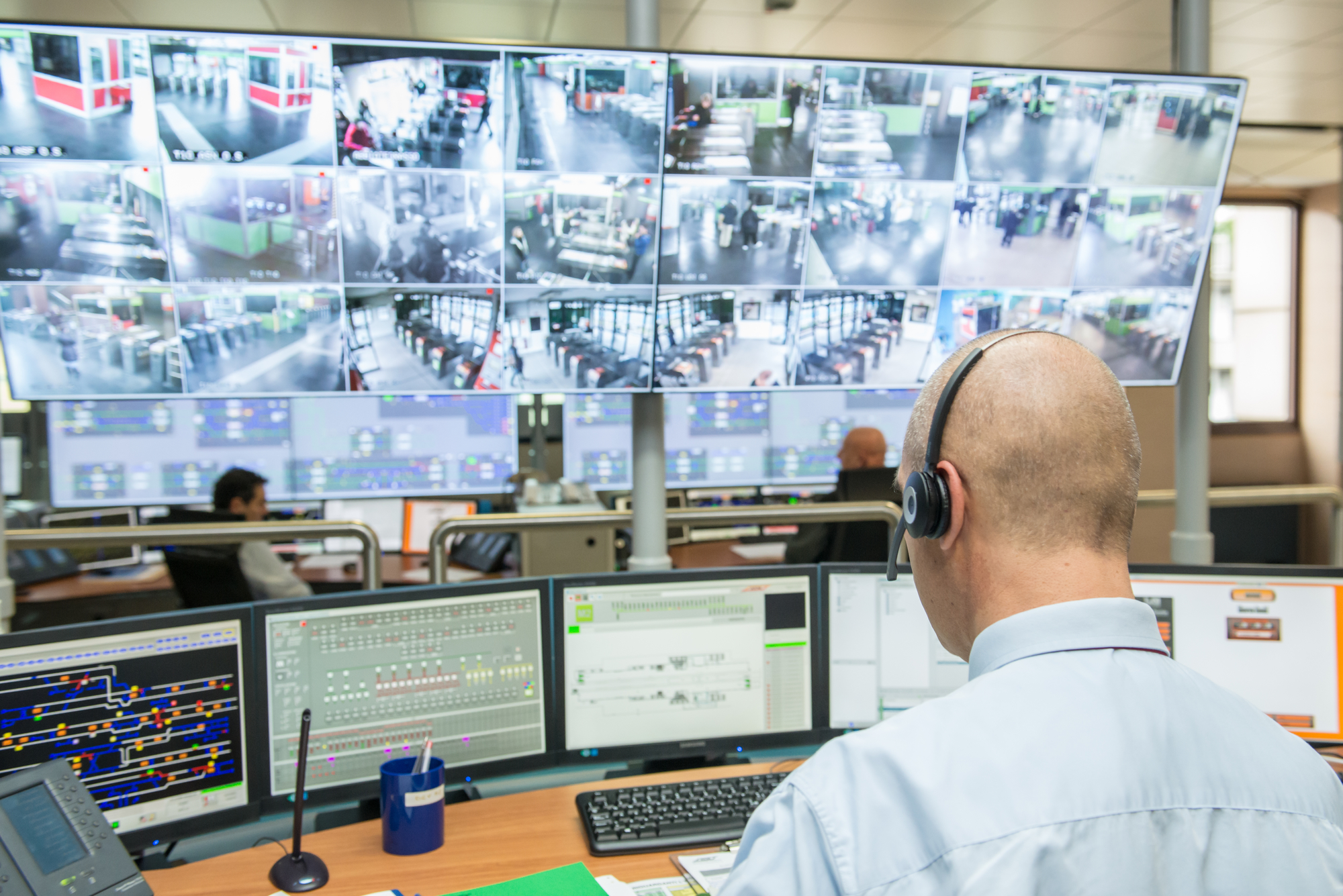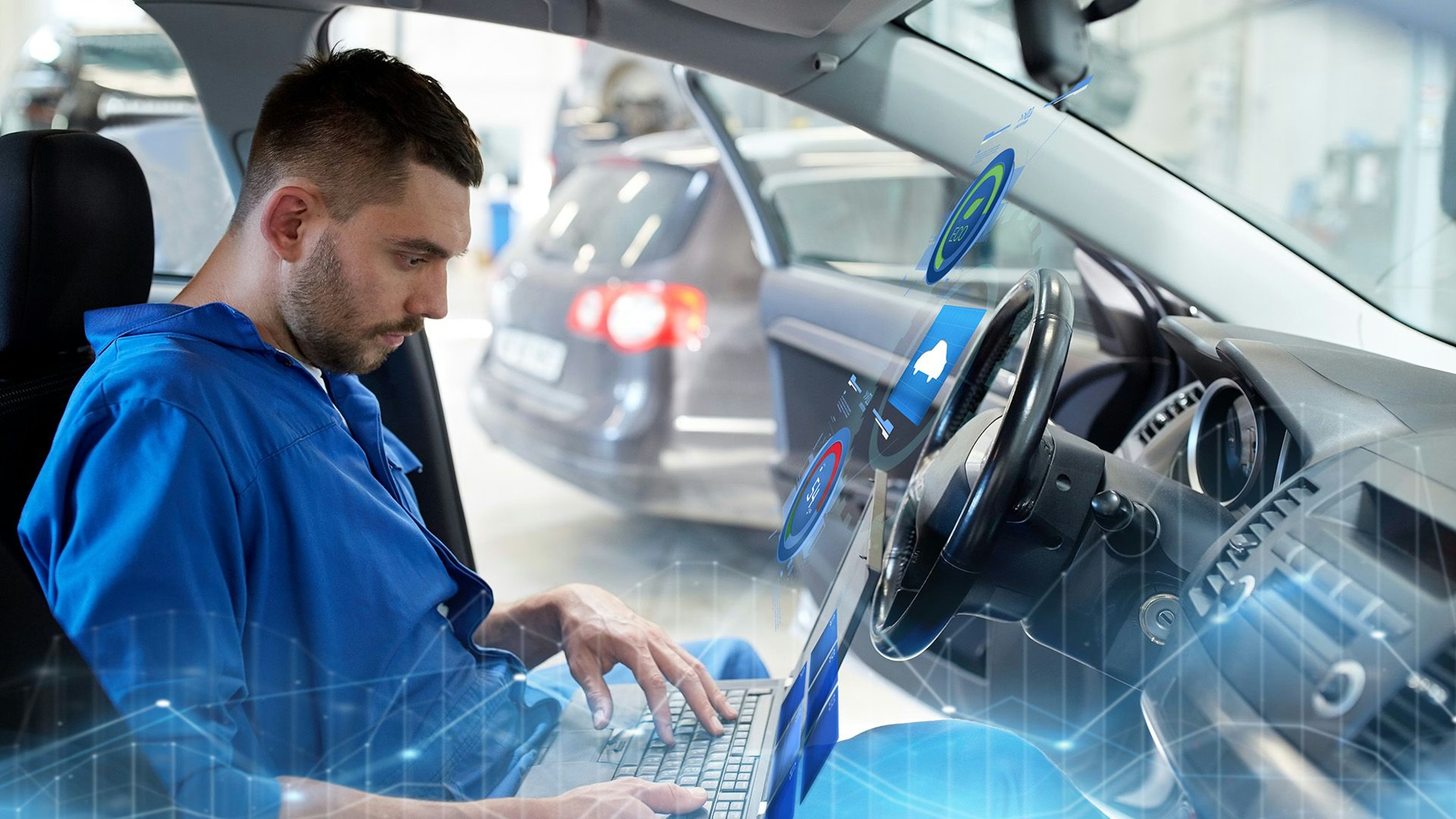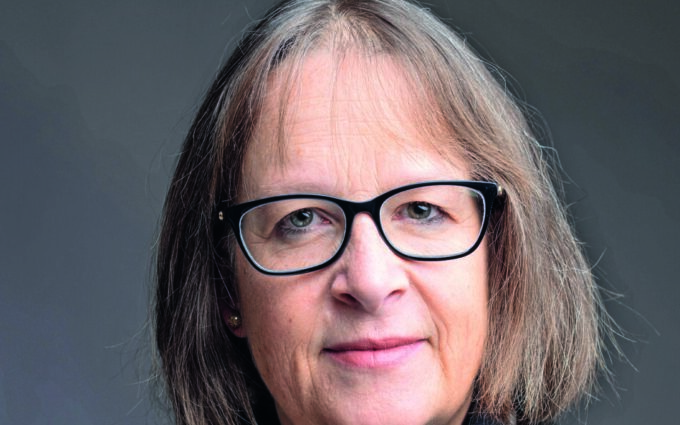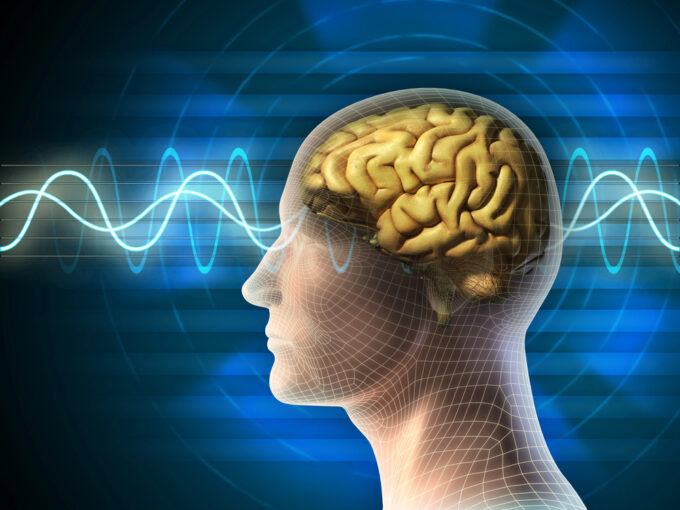Video surveillance in mass transit: These are the trends in 2017
Security cameras have become an indispensable part of local public transportation. Combined with video analytics software, they not only ensure passenger safety, but can also optimize service and processes. Axis Communications takes a look into the future and shows what trends the public transport sector can expect in 2017.

Text: Axis Communications









